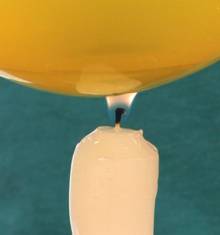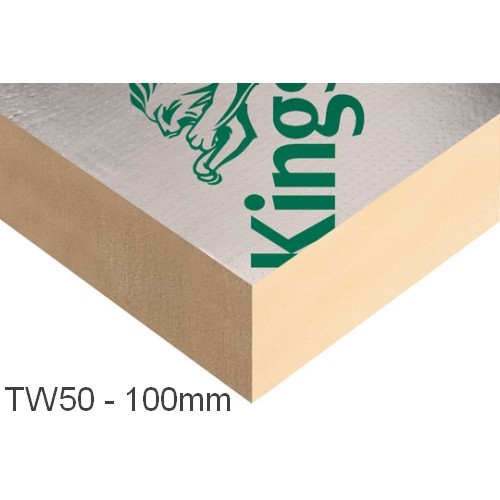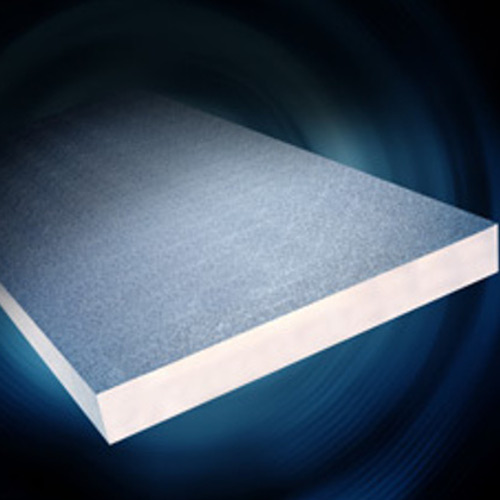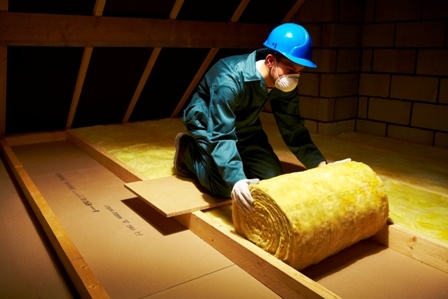Which Insulation Materials are Best for High Temperatures
by Mark Row
Safety and Protection Come First
 When talking about insulation materials are best for high temperatures, there are two things that you should keep in mind. Firstly, there is the insulation that is especially treated and coated with some kind of fire-resistant finish, meaning that it can withstand high temperatures, serving as a protective layer in case a fire breaks out. On the other hand, there are materials that have substantial R values, meaning that they are much more applicable to hotter climates since they will block and absorb the excessive heat much more effectively. This is why, it is important to make such distinction since people often mistake fire-resistant insulation material with highly effective ones, which is a mistake you do not want to make.
When talking about insulation materials are best for high temperatures, there are two things that you should keep in mind. Firstly, there is the insulation that is especially treated and coated with some kind of fire-resistant finish, meaning that it can withstand high temperatures, serving as a protective layer in case a fire breaks out. On the other hand, there are materials that have substantial R values, meaning that they are much more applicable to hotter climates since they will block and absorb the excessive heat much more effectively. This is why, it is important to make such distinction since people often mistake fire-resistant insulation material with highly effective ones, which is a mistake you do not want to make.
First of all, it is important to understand that choosing the insulation material always depends on various factors that need to be taken into account, prior to installation. It will depend on:
- the area being insulated, whether it is your floor, roof space, walls, ceiling etc, as well as on how accessible is the space, is it a crawl space or an easily reachable one;
- the applicable regulation since each country prescribes certain U and R values for different areas within ones home;
- the price of the material including the cost of the material but also the installation process (is it a DIY job or must be conducted by a professional);
- the climate, since different materials should be used for colder and hotter climates;
- the very construction and application of the building, whether it is a residential or a commercial (or industrial) building, where the previously said on fire-resistant insulation materials can be applied.
Thermal Regulation
Now, if you are living in a hotter climate, you will most definitely need an insulation material that can withstand high temperatures, all in order of optimal thermal regulation. Namely, moderate climates, where the outside temperatures are more or less stable throughout the year, imply that materials used do not have to be as efficient in reducing heat transfer, as it would be the case with more extreme climates. Bear this in mind and choose your insulation accordingly. This is why you should always take into account the R value of the material you are purchasing. The higher the R value – the more efficient the material, in the words of thermal regulation. Although these materials can be somewhat more expensive than the alternatives, we would advise that you consider any of the following if you are residing in some tropic or other hot climate, all in order of achieving the best result.
Rigid insulation boards are amongst the materials that have the highest insulation values, meaning that they offer the highest level of thermal resistance which further on means that they will keep the warm air during the winter inside but also prevent the heat during the summer from getting in, and thus maintain a stable temperature throughout the year. However, your job is not done here since you can choose among different types of rigid insulation boards that all have different (higher or lower) R values. For instance, you could use polyurethane rigid boards whose insulation value depends on the density of the board, phenolic boards or so called PIR boards where the values vary, depending on whether it is expanded or extruded polystyrene used. Another valuable option is a combination of rigid boards and foil insulation, since all in order of improving not only thermal resistance but also the ability of the material to reflect heat, radiant barriers are often installed onto some type of insulation material. Well, this is the case with foil-faced PIR boards which is particularly applicable to cavities and attic spaces, which can all be found in Celotex Rigid PIR Cavity Insulation, available right here at Insulation Shop.


Fire Resistance
Now, if you own a building somewhere in the industrial zone or it is used for production or some other commercial use, you are probably aware of the fact that thermal regulation is not your only concern. Here, you have to choose an insulation material able to withstand high temperatures that is a material which will not combust when exposed to such temperatures.

Again, there is a difference in the level of fire resistance of the materials available, which should be taken into account, since some products are especially designed to withstand extreme temperatures of even up to 1000º C (such as polymers) while others are limited to temperatures of 700º C (glass wool) or less. If you are looking for a reliable material that has significant both thermal and acoustic insulation performance, high fire resistance, but it is also very easy to install (basic glass wool insulation info), we would recommend you go for any of the URSA or Isover glass wool rolls, batts or slabs, especially manufactured for cavity and party walls or your loft spaces.
For more information about high temperature resistant insulation materials, please read related blog articles and product descriptions on our website. If you have any questions please post them in the comments below.




















































































































